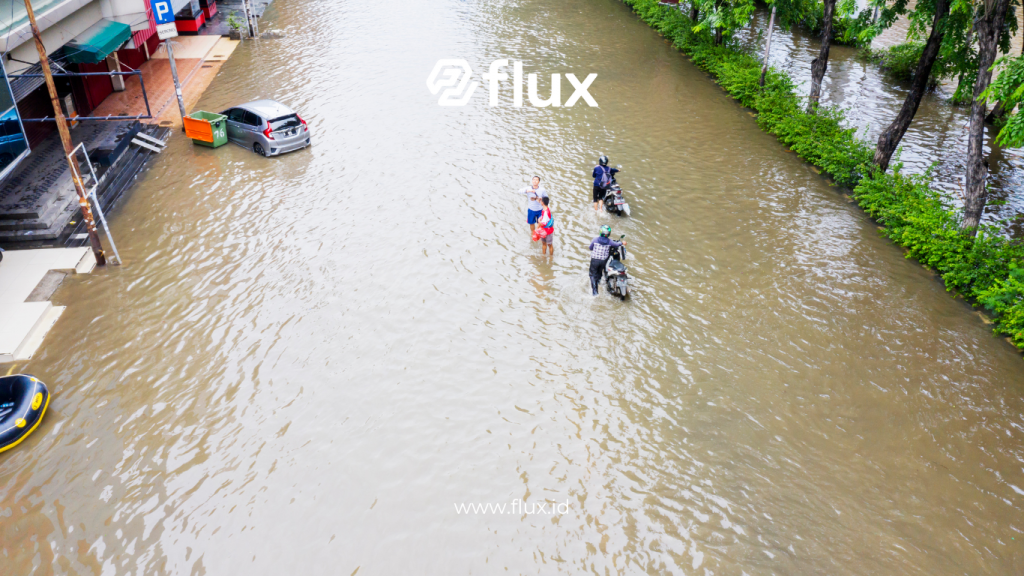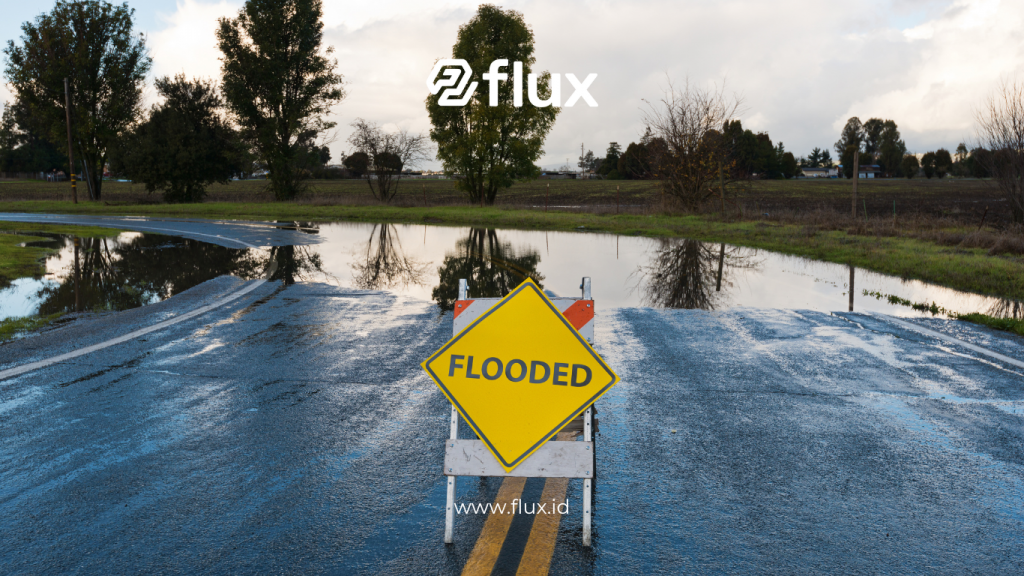Don't miss our holiday offer - 20% OFF!
Flooding is one of the most common natural disasters, especially in urban areas. Rapid urbanization and climate change have intensified the challenges of managing flood risks. The Internet of Things (IoT) technology provides innovative solutions by offering real-time data to support flood prevention and mitigation. This article explores how IoT solutions work in flood risk management, the technologies involved, and their benefits for urban safety.
Contents
- 0.0.1 Why Flood Risk Management Is Crucial?
- 0.0.2 What Are IoT Solutions for Flood Risk Monitoring?
- 0.0.3 IoT Technologies for Flood Risk Management
- 0.0.4 Benefits of IoT Solutions for Flood Risk Mitigation
- 0.0.5 Challenges in Implementing IoT Solutions
- 0.0.6 Case Study: IoT for Flood Mitigation in Jakarta
- 1 Conclusion
Why Flood Risk Management Is Crucial?

Read More: Preventing Floods with IoT Sensors: Innovations in Flood Monitoring Systems
- Social and Economic Impact
Floods cause significant economic losses, including infrastructure damage and business interruptions. Moreover, they directly affect people’s lives, from displacement to health threats. - Urbanization and Climate Change
Rapid urbanization exacerbates flood risks. Combined with climate change, increased rainfall intensity requires cities to adopt new flood mitigation strategies.
What Are IoT Solutions for Flood Risk Monitoring?
IoT introduces new methods for monitoring and analyzing flood risks. These systems connect sensors, software, and communication networks to collect and process real-time data.
Key Components of IoT Solutions
- IoT Sensors: Deployed in flood-prone areas to monitor water levels, rainfall, and soil conditions.
- Data Analytics Platform: Analyzes collected data to provide early warnings.
- Communication Networks: Technologies like LoRaWAN or 5G ensure fast and reliable data transmission.
IoT Technologies for Flood Risk Management

Read More: Flood Anticipation with IoT, Direct Monitoring from Smartphone
- Water Level Sensors
These sensors monitor water levels in rivers or drainage systems, providing alerts for rising levels. - IoT Weather Stations
These stations measure rainfall, air humidity, and other meteorological data to predict potential flooding. - IoT-Enabled Drones
Drones equipped with IoT sensors map affected areas, assist in evacuation, and expedite response processes.
Benefits of IoT Solutions for Flood Risk Mitigation
- Early Warning Systems
Real-time data allows governments to issue early warnings, reducing potential casualties. - Efficient Resource Management
IoT data helps manage resources, such as adjusting dam water flow to prevent floods. - Faster Post-Disaster Recovery
Comprehensive data accelerates evaluation and recovery processes after flooding.
Challenges in Implementing IoT Solutions

Read More: Decoding Pressure Sensors for Flood Prediction and Mitigation
- High Initial Costs
Procuring sensors, software, and network infrastructure requires significant initial investment. - Data Integration Needs
Data from various IoT devices must be integrated into a user-friendly platform. - Data Security Concerns
IoT systems are vulnerable to cyber-attacks, necessitating robust security protocols.
Case Study: IoT for Flood Mitigation in Jakarta
Jakarta has started adopting IoT technology for flood risk management. By installing water level sensors in major rivers and integrating data into a control center, the government can make faster decisions, such as opening floodgates or issuing public alerts.
Conclusion
IoT solutions offer a modern approach to managing flood risks, especially in urban areas. By leveraging technologies such as sensors, data analytics, and communication networks, flood risks can be significantly reduced. Despite challenges, the benefits outweigh the costs, including minimized economic losses, improved public safety, and efficient disaster management.





